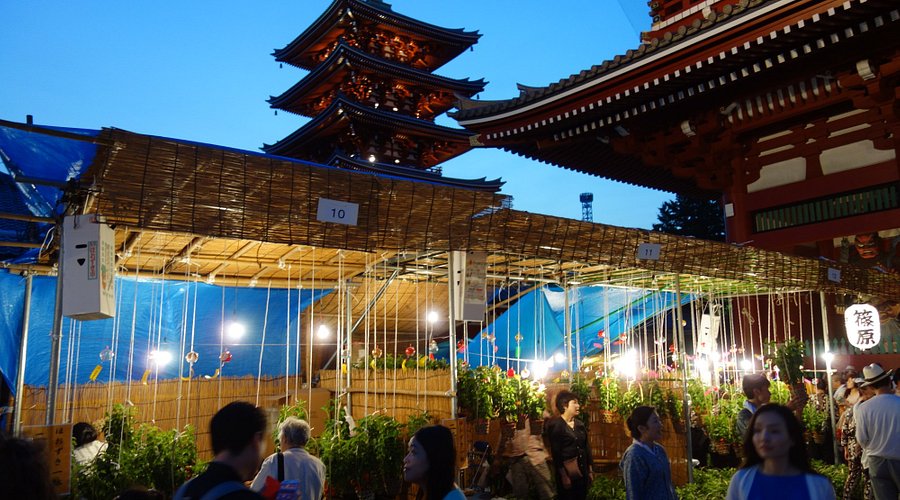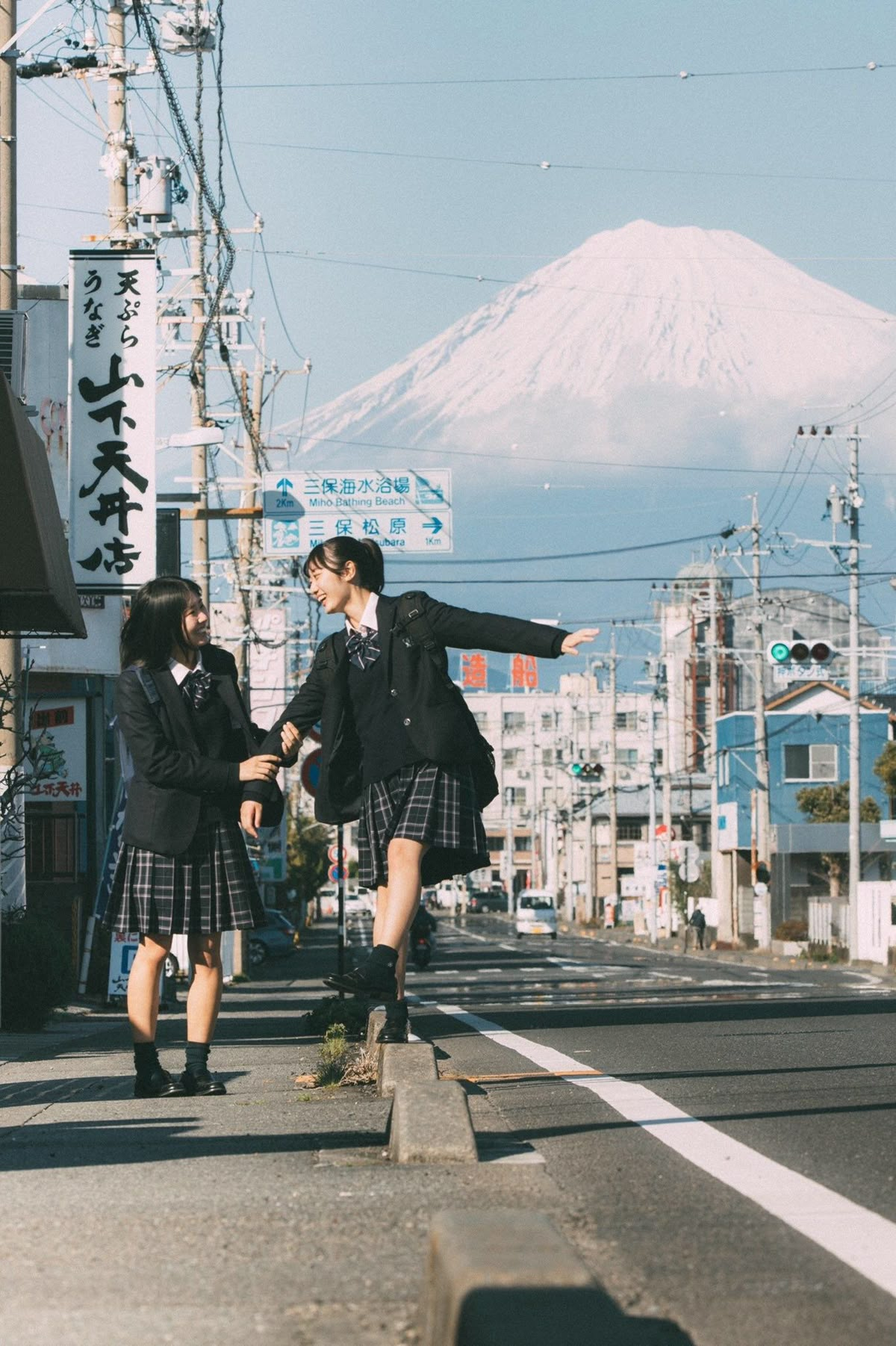Asakusa: Where Ancient Tokyo Meets the Futuristic Skytree

When talking about the Asakusa district, we recall the revered Sensoji Temple and the futuristic Tokyo Skytree. Asakusa is a perfect blend of ancient, modern, and Western influences. Experience the lively atmosphere of the Asakusa district in Tokyo, where ancient Japanese traditions are preserved and seamlessly mixed with its modern attractions.
The iconic Sensō-ji temple and the bustling Kaminarimon gate are famous in Asakusa. So many tourists, not only from Asia but from all over the world, are captivated by the cultural experience Asakusa offers. Therefore, this charming area is a great place to visit with family and loved ones.
Many areas offer a quiet retreat away from the busy city center, making it a budget-friendly destination for travelers seeking a cultural experience.
Historical Significance and Modern Landmarks
Furthermore, Asakusa is known as a famous tourist spot and one of the symbols of Tokyo. As a commercial district, Asakusa supported trade and traditional arts since the Edo Period. Even today, rows of Edo-era buildings and long-standing shops still exist and are a favorite location for foreign tourists.
This is especially true since the 634-meter tall Skytree electrical tower was built in 2012. Feel the lively festival atmosphere in Asakusa, Tokyo, where the fun never stops. This beloved destination is a favorite among Japanese and foreign tourists, offering a perfect blend of tradition and modernity.
Senso-ji Temple in Asakusa is the oldest and most famous Buddhist temple in Tokyo. The temple was founded in 628 and holds a very important place in the spiritual life of the people of Tokyo. Every year, thousands of people visit Senso-ji Temple to pray and worship.
Aside from the beauty and uniqueness of Senso-ji, Asakusa is also known for major festivals that attract many tourists and locals. One of them is the Sanja Matsuri, the largest festival held every year in May in Asakusa.
Tokyo Skytree Views and Festivals
From inside the grounds of the Buddhist Sensoji Temple, Asakusa’s newest attraction, the soaring Tokyo Skytree, is visible. Standing 634 meters tall, this futuristic tower offers expansive views of the city, and on clear days, views extending to Mount Fuji. Although it offers impressive scenery throughout the year, during spring visitors gather in Sumida Park to take photos of the tower surrounded by cherry blossoms.
Additionally, the Asakusa Samba Carnival, held in the summer, provides a touch of Brazilian culture with lively samba dancing and music, creating a very different atmosphere amid the traditional Japanese setting.
Everyone loves a lively festival, and the residents of Asakusa are no exception. Throughout the year, the area hosts several captivating events. The Sanja Matsuri festival in late May sees the streets crowded with shouts from teams carrying heavy mikoshi portable shrines, and the Sumida River fireworks display is the peak attraction of summer. Asakusa also offers various other entertainment options, including museums, theaters, and parks.
Getting to Sensoji Temple
The temple is a five-minute walk from Asakusa Station, which is served by the Ginza, Asakusa, and Tobu railway lines. The origin of this charming temple is a legendary story. The story began in 628 when two fisherman brothers pulled a statue of Kannon, the Buddhist goddess of mercy, from the Sumidagawa River. Although they tried to return it to the river, the statue always came back to them. Finally, they built Sensoji to house this sacred statue and honor Kannon, completing it in 645.
For hundreds of years, a constant stream of visitors has come to pay their respects and pray in the temple's main hall. Around the central building, you can also see the five-story Goju-no-To pagoda, several smaller halls, and various charming small gardens, one of which has a stone bridge and the oldest wooden building in Tokyo.
To the right of the main hall, you will find the Asakusa Shinto Shrine, where the three men who founded Sensoji are enshrined. Enter through the enormous bright red Kaminarimon, meaning "Thunder Gate," and walk past the billowing smoke of incense before leaving a traditional offering of five yen at the capital's famous Buddhist Sensoji Temple.
Sensoji also holds annual markets, including Hozuki-ichi (ground cherry market) in July, Tori no ichi in November, and Hagoita ichi in December. There is delicious food, abundant shopping opportunities, and classic charm on every corner, making Asakusa a stop that should not be missed during your visit to Tokyo.
Food and Snacks Can Be Found in Asakusa
As you pass through the Kaminarimon Gate, you will find Nakamise Street. Here, a variety of traditional handicrafts, printed cotton kimonos, and the aroma of sweet Japanese snacks carried on the air will compete for your attention. You can taste famous classic snacks like dorayaki, fried manju buns, or mochi skewers.
If you continue along the street, you will find dozens of smaller shopping streets, perfect for a leisurely stroll. Denpoin-dori, Kannon-dori, and Asakusa Chuo-dori are very charming streets that still maintain the atmosphere of Asakusa in the past, with people traveling on rickshaws past various bright red lanterns and bridges.
For those looking for a more modern shopping opportunity, the nearby Rokku district has several department stores, discount stores, and entertainment venues, including the famous Rockza cabaret club, which launched the career of comedian Beat Takeshi.
Asakusa at Night
It would be a pity if you came to Tokyo and did not enjoy the lively, entertaining nightlife. Asakusa has been the perfect choice for locals for decades and even hundreds of years to relax after sunset. Still busy until 11:00 PM on most nights, Sensoji offers a completely different atmosphere after sunset, so try to look around before searching for delicious local food and famous classic drinks.
Just west of Sensoji is Hoppy Street, named after the drink made with non-alcoholic beer and shochu, a heavier relative of sake. Besides the frothy drink, Hoppy Street also has a number of casual open-air dining spots where you can get freshly grilled yakitori skewers or the area's signature dish: beef stew.
Don't miss the opportunity to stop by Kamiya, Japan's oldest Western-style bar, famous for its original brandy-based cocktail, Denki-Bran. Isn't that interesting? So you can include Asakusa in your itinerary to explore its local, classic, and modern uniqueness.



